I was going to college in Southern California in 1986, driving an affordable Detroit hooptie like most of my peers (because only a nobody walked), when I noticed a strange thing in the campus parking lots: plenty of brand-new cars! More specifically, incredibly affordable brand-new cars from two manufacturers nobody had ever heard of: Yugo and Hyundai. As we all know, Malcolm Bricklin’s Yugo GV went on to become a big joke, the country that produced it disappeared from world maps, and its assembly plant was bombed out of existence … but Hyundai became a huge player in the American market. Here’s one of the cars that first made 현대자동차그룹 a household name here, found in a Denver-area car graveyard recently.
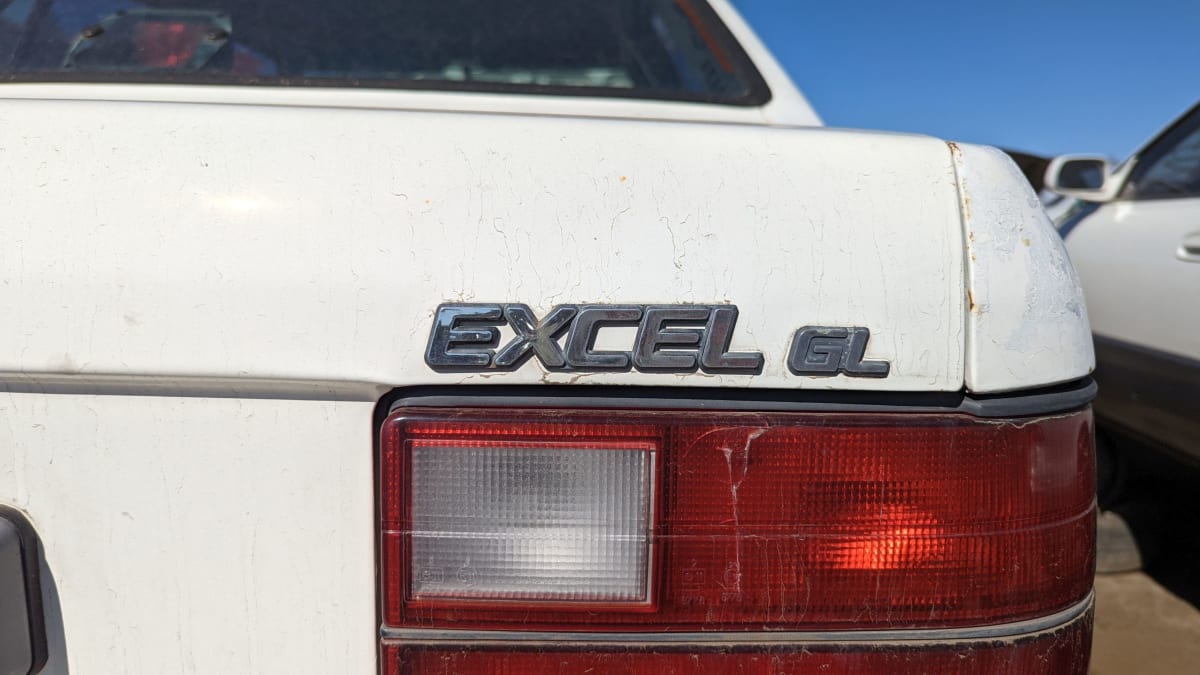
The Yugo GV was hilariously cheap, with a price tag of just $4,199 for the base three-door hatchback in 1988 (that’s about $10,805 in 2022 dollars, or nearly three grand less than you’d pay for the cheapest new car in America today). But the much bigger and better-equipped 1988 Hyundai Excel started at a mere $5,295 ($13,625 now).
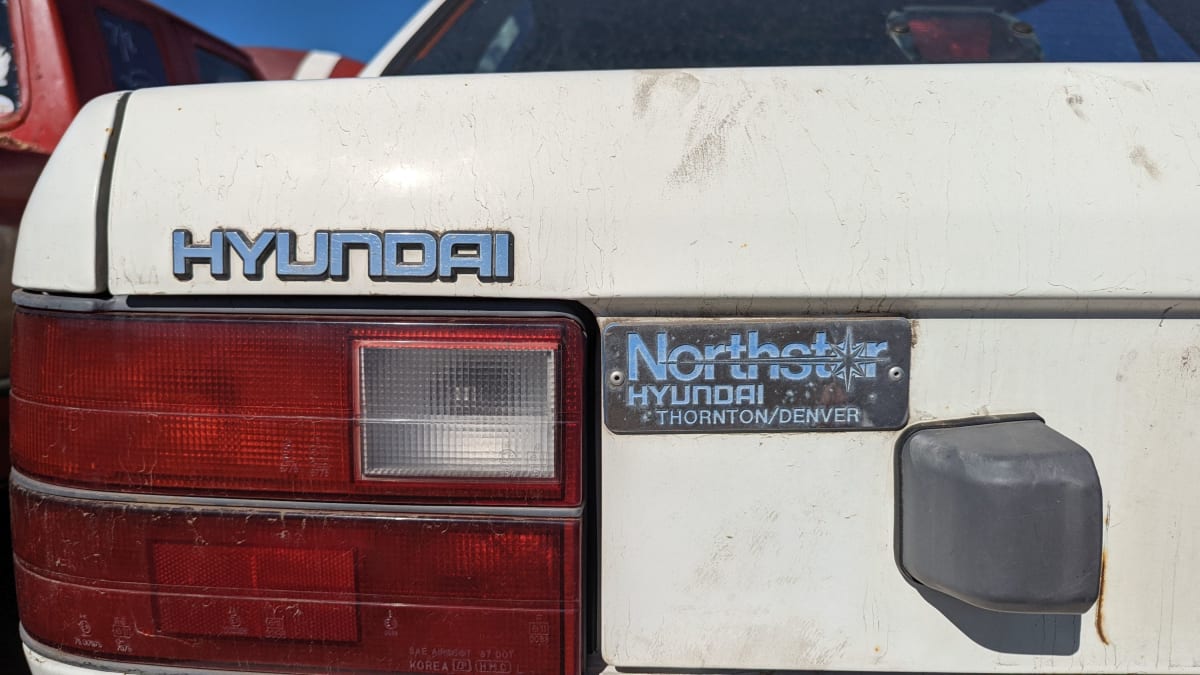
That was unbelievably cheap for a new car that challenged the likes of the $5,495 Chevrolet Sprint, $5,999 Mazda 323, $5,556 Subaru Justy, $5,899 Dodge/Plymouth Colt, $5,995 Dodge Omni/Plymouth Horizon, $5,948 Toyota Tercel EZ, $5,490 Ford Festiva and $5,990 Volkswagen Fox for supremacy in the under-$6,000 range (six grand comes to about $15,439 after inflation). The Yugo, Sprint, Justy, and Festiva were itsy-bitsy pretend cars, not suitable for jousting with battered Plymouth Furies and Lincoln Mark Vs on the 405, so the Excel looked like by far the best car-per-dollar deal of mid-to-late-1980s America.
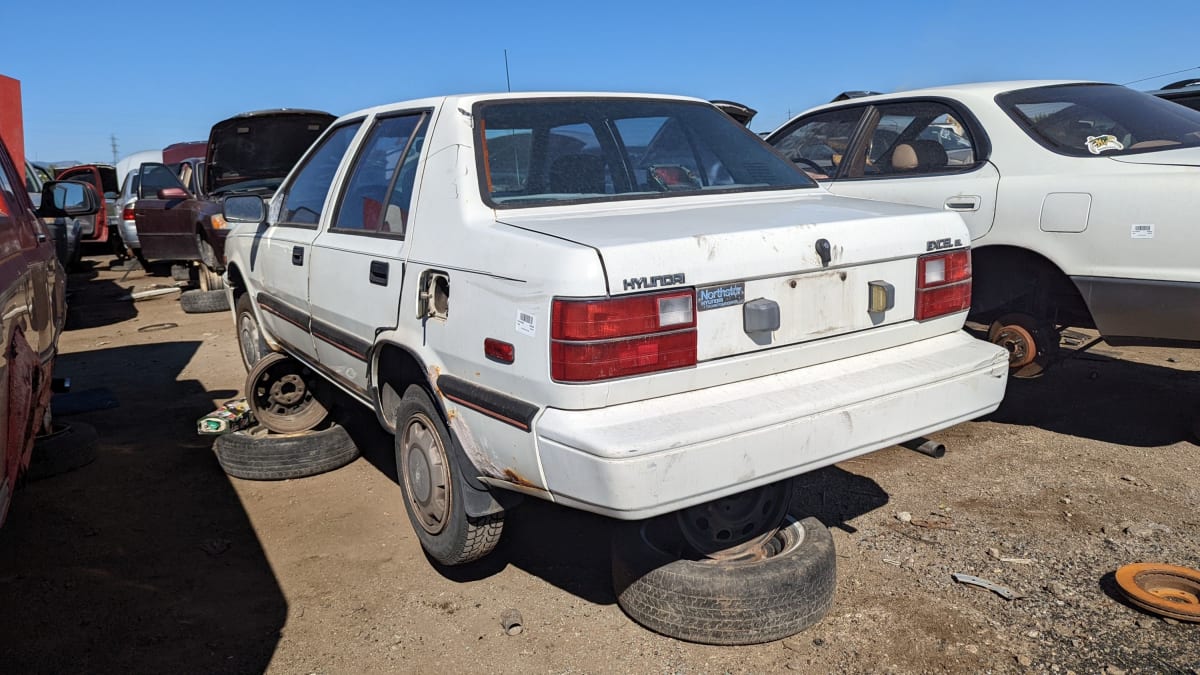
That said, a few decades of hindsight tells us that the early Excel wasn’t screwed together so well. Hyundai build quality has been solid since since at least the middle 1990s, but the early Excels tended to fall apart in a hurry. I recall visiting California junkyards in the early 1990s and being startled to find still-shiny Excels with under 30,000 miles on their odometers next to the decayed Super Beetles and rage-junked Renault Alliances. If I got time-machined back to 1988 under orders to buy a sub-$6k new car that had a good shot at lasting at least a quarter-century, I’d get the Tercel EZ or 323 (and then do all the maintenance on the dot).
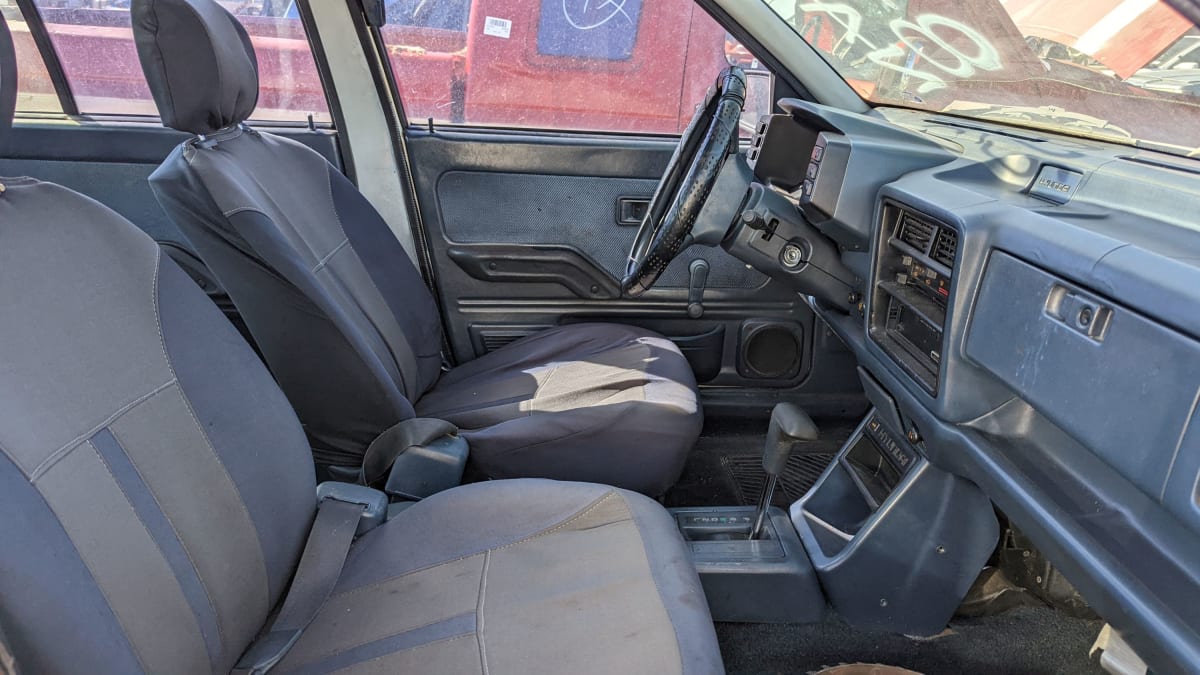
This being an automatic-equipped sedan with the one-notch-above-base GL trim level, its MSRP was well above the $6k threshold: $7,145 ($18,385 in 2022). That’s still way cheaper than an ’88 Corolla or Civic sedan with slushbox ($9,358 and $9,655, respectively), and the Excel’s specs looked somewhat similar to those of the Corolla and Civic.
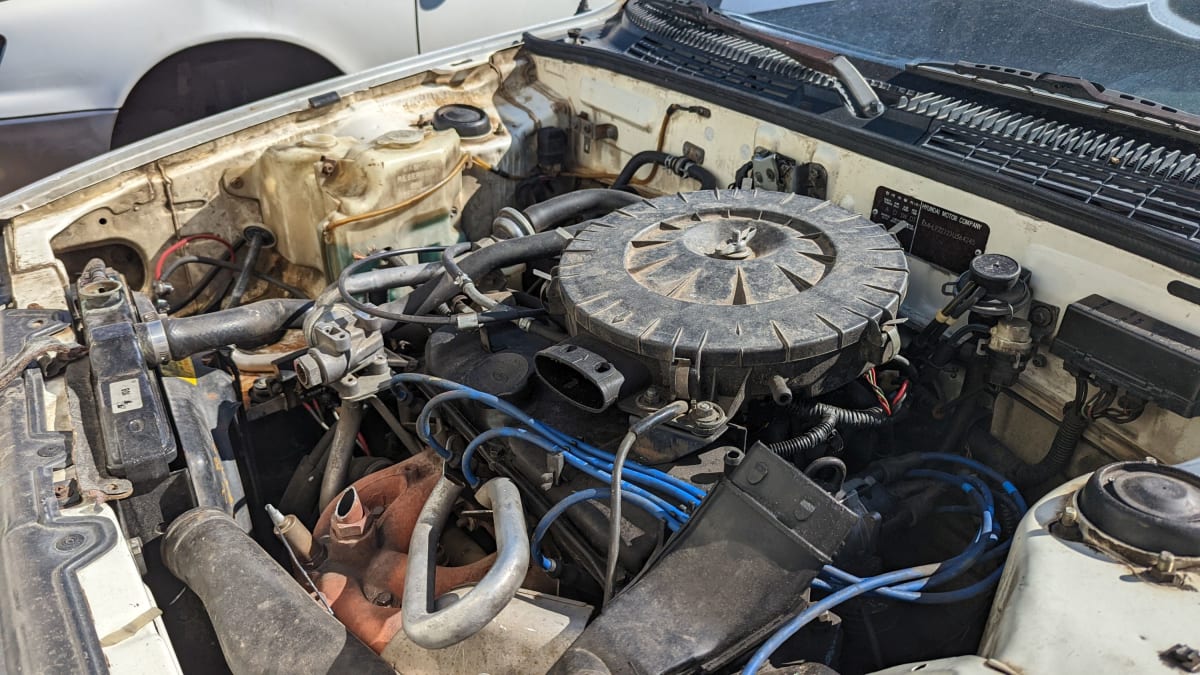
The engine is a Mitsubishi-derived four-cylinder rated at 68 horsepower. Smart Excel owners avoided drag races with anything quicker than Yugos and diesel Volkswagens.
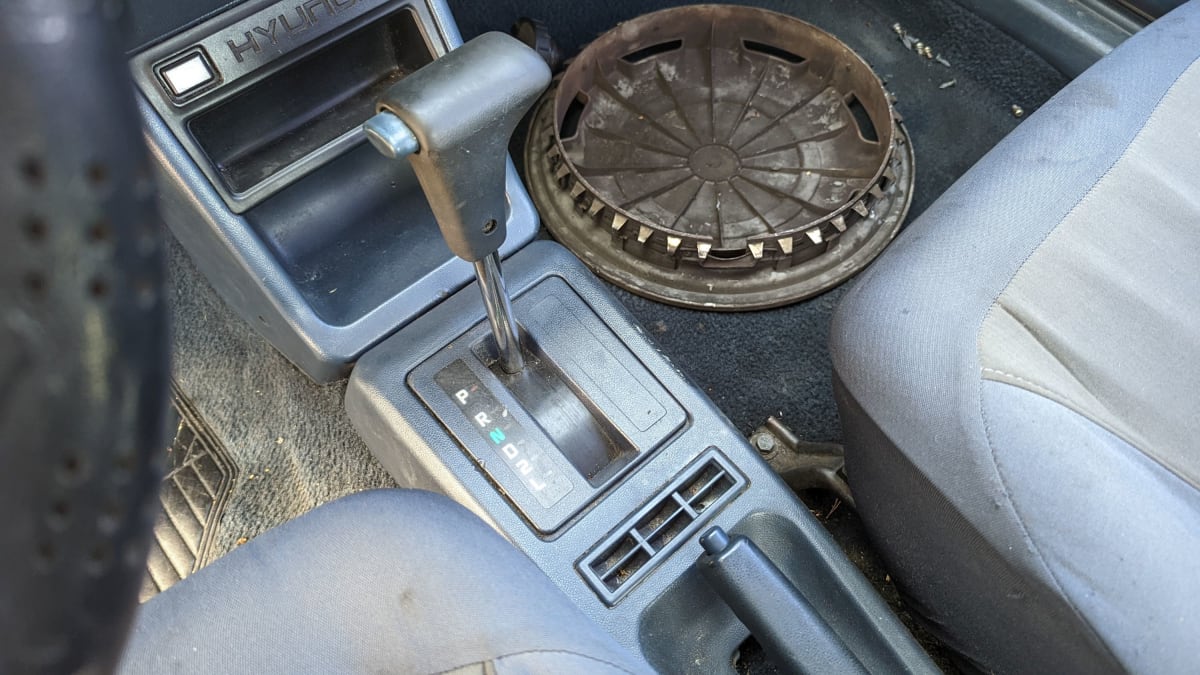
The automatic transmission added a stiff $450 ($1,158 now) to the cost of this car. American drivers loved automatics nearly as much in 1988 as they do now, but two-pedal rigs were costly and Excels were bought on price, so most of them had the base five-speed manual.
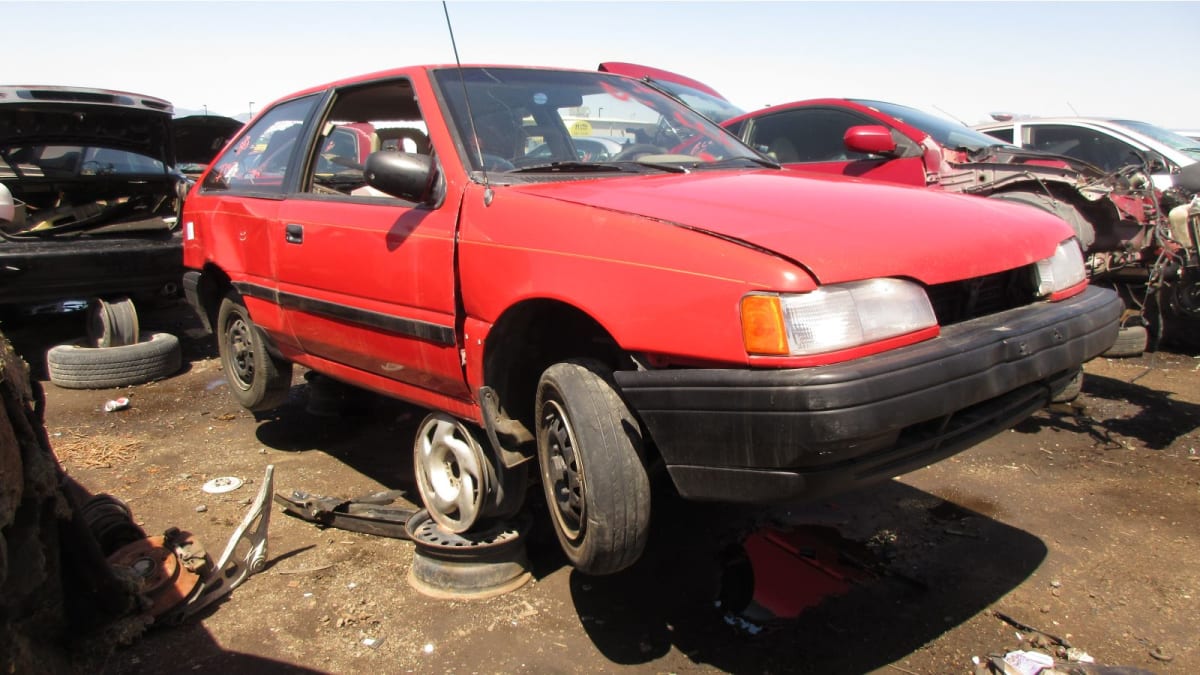
Believe it or not, there was a Mitsubishi-badged twin of the Excel sold in the United States: the Precis. Starting price was $5,295 for the ’88 Precis hatchback, same as the Excel.
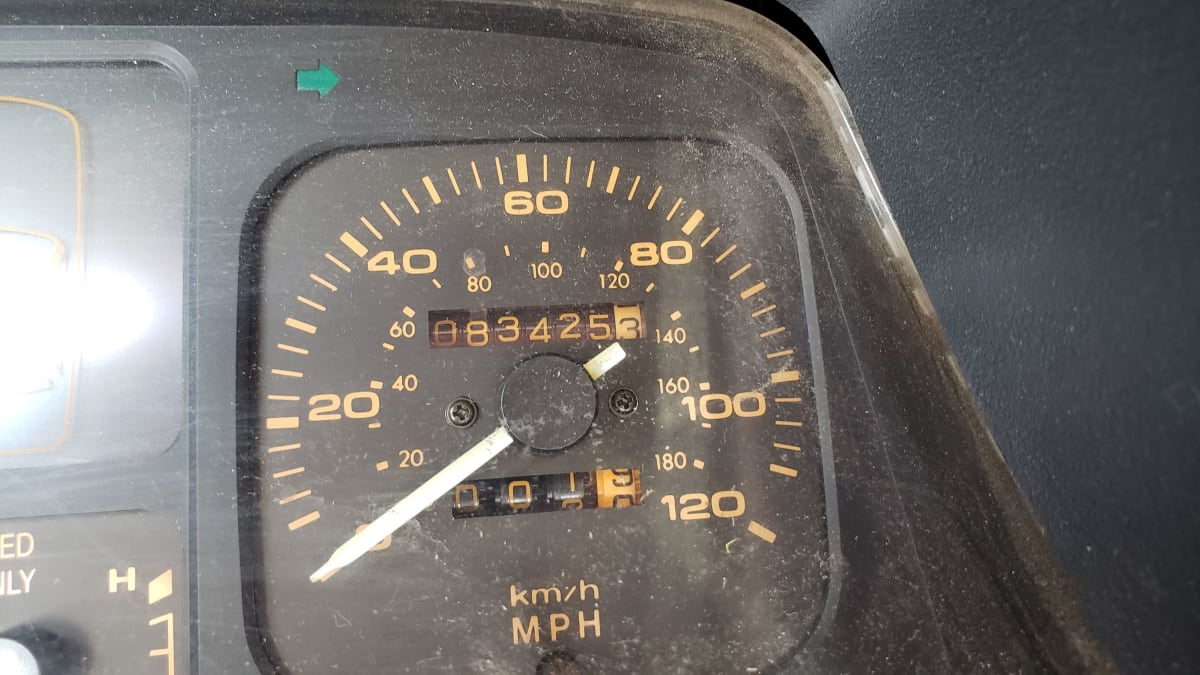
Not even 100,000 miles on the clock. Since most Excels died fairly young, they’re difficult to find in the boneyards today. I suspect that this one was a just-to-church-on-Sundays car that got regular maintenance from its one owner. Amazingly, I’ve found a junkyard Excel with close to a quarter-million miles showing; not quite up there with the 600k-milers I find during my junkyard travels, but still impressive.
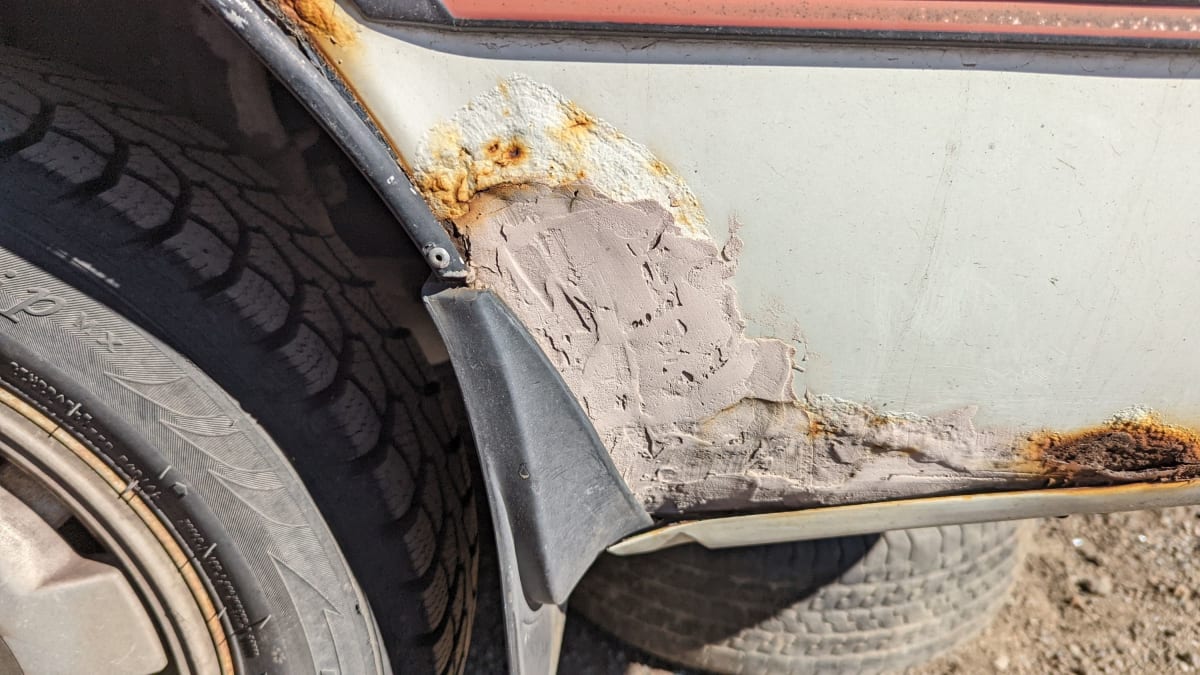
It’s a bit rusty, though the body filler may have slowed down the leakage into the trunk.
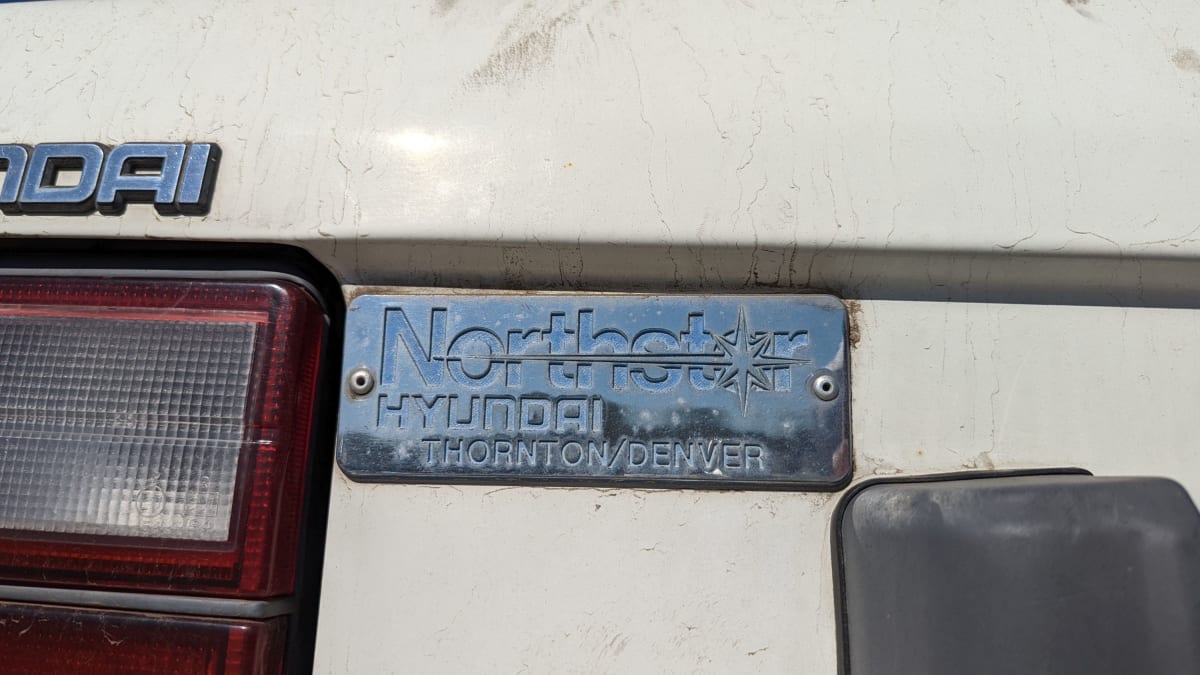
It will be crushed very close to where it was sold new.
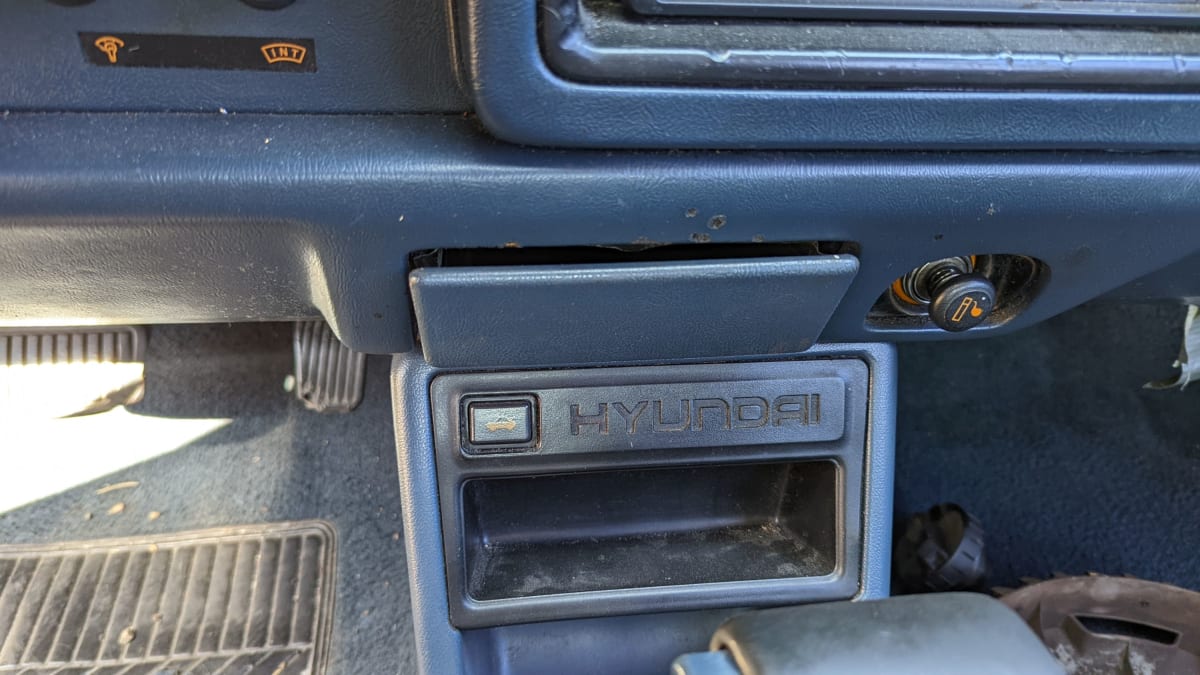
The Excel wasn’t a good car, but it was an important car and thus a big piece of our automotive heritage. That’s what makes this one a gem.
Buy two for the cost of an average car! A new Chevy Celebrity cost about the same as a pair of Excel 5-speed hatches in 1988, so this commercial isn’t wrong.
